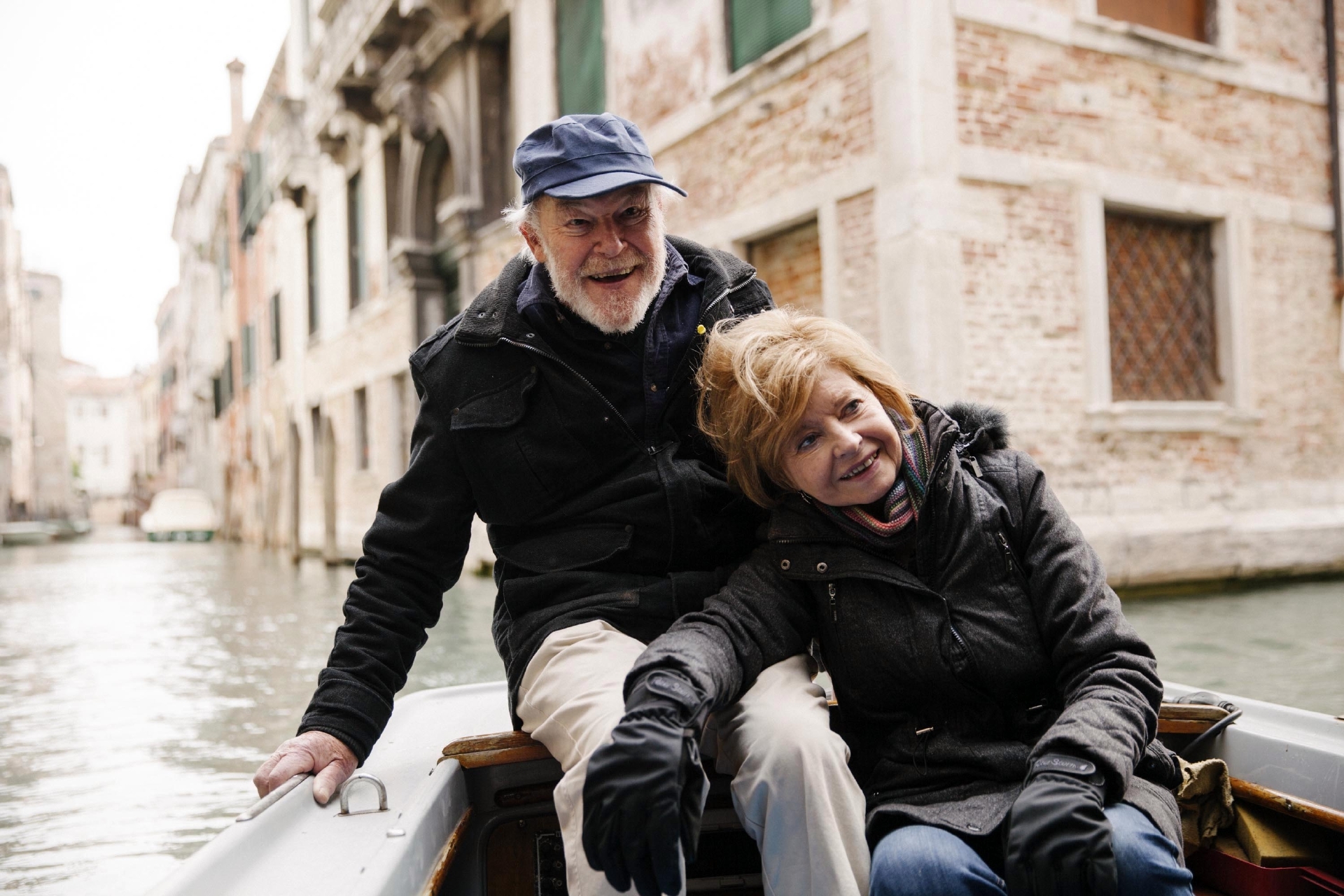Are you getting the feeling that there is far too much going on in the world at once just now, and that life is becoming not dangerous so much as unstable?
Yeah, me too.
First there is Brexit, which as you know, means Brexit. It also means a long, slow, inexorable ride to Hell in a handcart. No, not a handcart. You know those television programmes in which nothing happens except that two people drive a barge incompetently along a canal, and make a pig’s ear of negotiating locks and tight moorings?
That’s Brexit.
We’re going to Hell in a canal barge crewed by people who can’t negotiate the locks or tight moorings, and let’s face it, that’s all you have to do on a canal barge.
Any time I hear someone say they can’t understand how the Americans let Trump happen to them, I point out that we let Brexit happen to us because David Cameron (remember him?) thought it was a good to listen to Ukip and the substantial Ukip syp that hovers in the outer reaches of his own party, a sort of grim reaper dedicated to the extinction of all shades of enlightenment.
The finer qualities of humanity, and for that matter of politics, are completely absent from the graceless behaviour their cannibal instincts drag across our TV screens and newspapers day after day.
They, and no one else, are why the British Government has embarked on a process which is already contributing significantly to the dismantling of one of the most stable, peaceful, and culturally rewarding eras of European history.
Trying to make sense of what they are up to now is not helped by the fact that Scotland rejected the project more forcefully than anywhere else in Britain, and that the only advice the British Government has for us is the soppy tones of Theresa May telling us that the question is not could there be Indyref two, but should there be Indyref two?
That is all they have say about the elephant in the room that is the prospect of constitutional crisis. Meaningless platitude masquerading as government.
Which bring us to the one they never saw coming – Ireland.
Suddenly, the outward-rippling disillusionment with British politics in those parts of Britain not called England has turned the peculiarities of the election process in Northern Ireland into a whole new ball game.
Indyref three, anyone?
How long before a United Ireland becomes a plausible prospect again? Don’t think the conversations haven’t already started.
In say, five years time, how far do you think we will be from the following situation:
A country called Britain (the “Great” having become a global embarrassment), consisting of England and an increasingly restless Wales, oh and the Scilly Isles, hemmed in by an independent Scotland to the north and unified Ireland to the west (both of these fully engaged members of the European Union), calls a General Election.
The Prime Minister’s speech-writers have come up with a good one: “When we said that Brexit means Brexit, you surely didn’t think that’s what we meant. It was a joke. That’s the problem, the Scots and the Irish can’t take a joke.”
Perhaps it’s a failing that comes from being governed by one for too long.
And then, finally, there is the elephant in the Oval Office. Apologies to proper elephants everywhere.
I was involved in an event at the StAnza Poetry Festival in St Andrews at the weekend, an In Conversation event with mountaineer and writer Hamish Brown.
Inevitably, being guests at a poetry festival, we got around to talking about poetry, and poems and poets who had figured in Hamish’s life, and I realise now that I missed a great opportunity.
When I got home on Saturday and heard the news about President Trump’s Watergate-esque tweet, I suddenly had a startling perceptive insight.
I thought: “My God, this is Ozymandias!”
Do you know Shelley’s sonnet about the two trunkless legs of stone that stand in the desert? Remember what comes next?
“…Near them, on the sand, / Half sunk, a shattered visage lies, whose frown, / And wrinkled lip, and sneer of cold command, / Tell that its sculptor well those passions read…”
Who does that remind you of? Then there are the words on the pedestal: “My name is Ozymandias, king of kings: / Look on my works ye Mighty, and despair!”/ Nothing beside remains. Round the decay / Of that colossal wreck, boundless and bare / The lone and level sands stretch far away.
Change “Ozymandias , king of kings,” to “President Trump, Commander-in-chief”.
It’s the perfect poetic political cartoon. One day, sooner than you might think, perhaps even sooner than Brexit and Indyrefs two and three, there will just be empty sand where he created a presidential monument in his own image.
And then the world can start to take its first small steps back towards stability.
